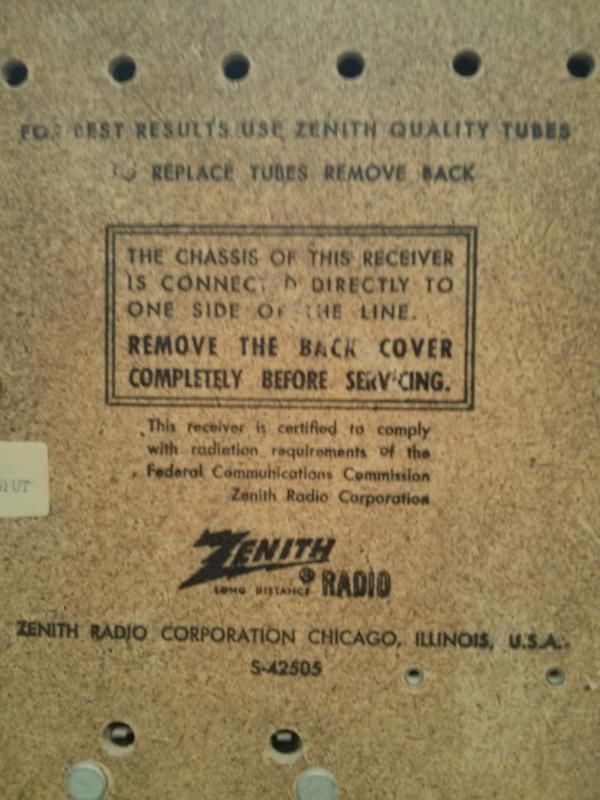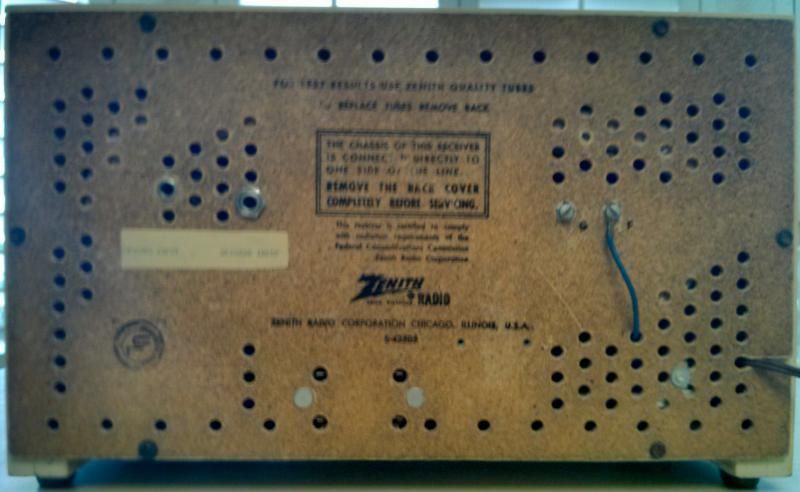hbucker
Well-Known Member
I just inherited my Dad's old Zenith tube radio. It is in excellent condition and works, but I'm sure the tubes are the original tubes. It is a mono radio and there are SEVEN tubes inside. (This amount of tubes really surprised me.)
Questions:
1. If it is working anyway, could I expect to improve its performance by replacing the old tubes with new ones? I'm not looking for super high fidelity - simply wanting it to be at its best.
3. If tubes are replaced, is there any biasing that would need to be done?
2. Is there a place you can recommend that sells replacement tube kits for specific radios?
Thanks
Questions:
1. If it is working anyway, could I expect to improve its performance by replacing the old tubes with new ones? I'm not looking for super high fidelity - simply wanting it to be at its best.
3. If tubes are replaced, is there any biasing that would need to be done?
2. Is there a place you can recommend that sells replacement tube kits for specific radios?
Thanks




